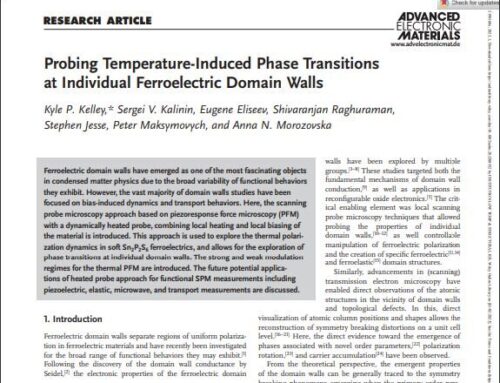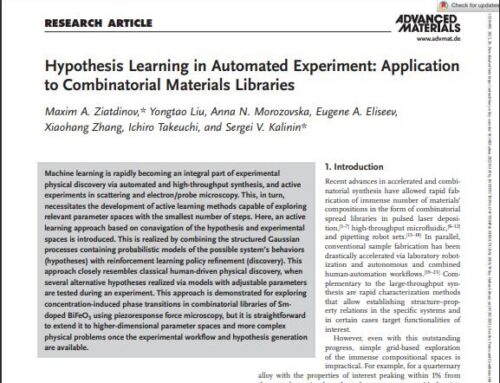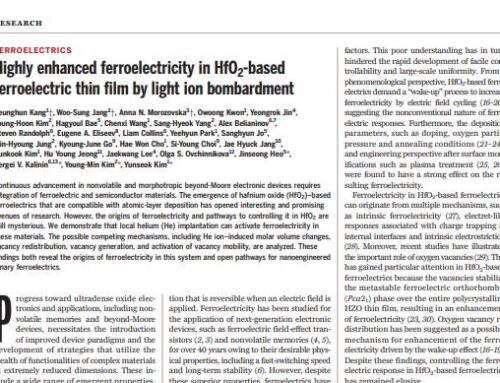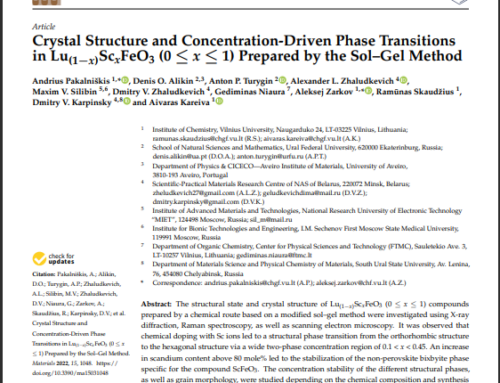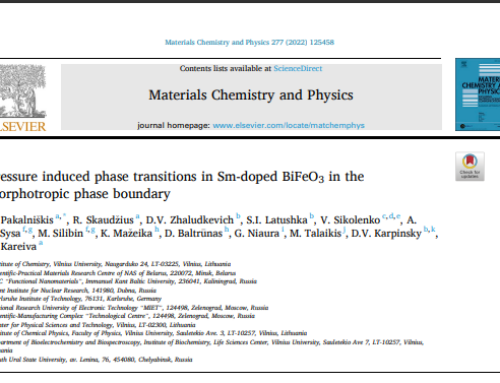Abstract: In this work we demonstrate the role of grain boundaries and domain walls in the local transport properties of n- and p-doped bismuth ferrites, including the influence of these singularities on the space charge imbalance of the energy band structure. This is mainly due to the charge accumulation at domain walls, which is recognized as the main mechanism responsible for the electrical conductivity in polar thin films and single crystals, while there is an obvious gap in the understanding of the precise mechanism of conductivity in ferroelectric ceramics. The conductivity of the Bi0.95Ca0.05Fe1−xTixO3−δ (x = 0, 0.05, 0.1; δ = (0.05 − x)/2) samples was studied using a scanning probe microscopy approach at the nanoscale level as a function of bias voltage and chemical composition. The obtained results reveal a distinct correlation between electrical properties and the type of charged defects when the anion-deficient (x = 0) compound exhibits a three order of magnitude increase in conductivity as compared with the charge-balanced (x = 0.05) and cation-deficient (x = 0.1) samples, which is well described within the band diagram representation. The data provide an approach to control the transport properties of multiferroic bismuth ferrites through aliovalent chemical substitution.
Title: Investigation of Local Conduction Mechanisms in Ca and Ti-Doped BiFeO3 Using Scanning Probe Microscopy Approach
Authors: Maxim S. Ivanov, Vladimir A. Khomchenko, Maxim V. Silibin, Dmitry V. Karpinsky, Carsten Blawert, Maria Serdechnova, José A. Paixão
DOI: https://doi.org/10.3390/nano10050940 Nanomaterials (2020) 10, 940
Preprint/Postprint: OPEN ACCESS

